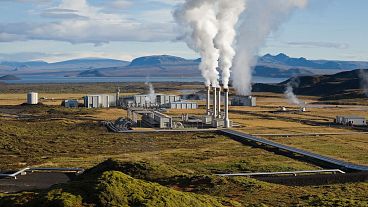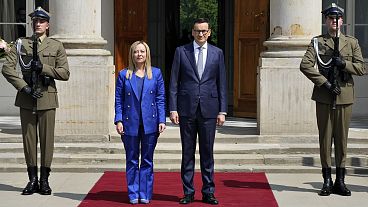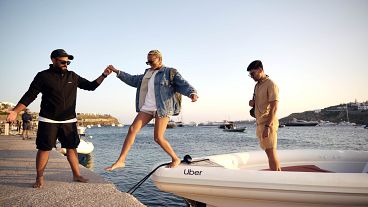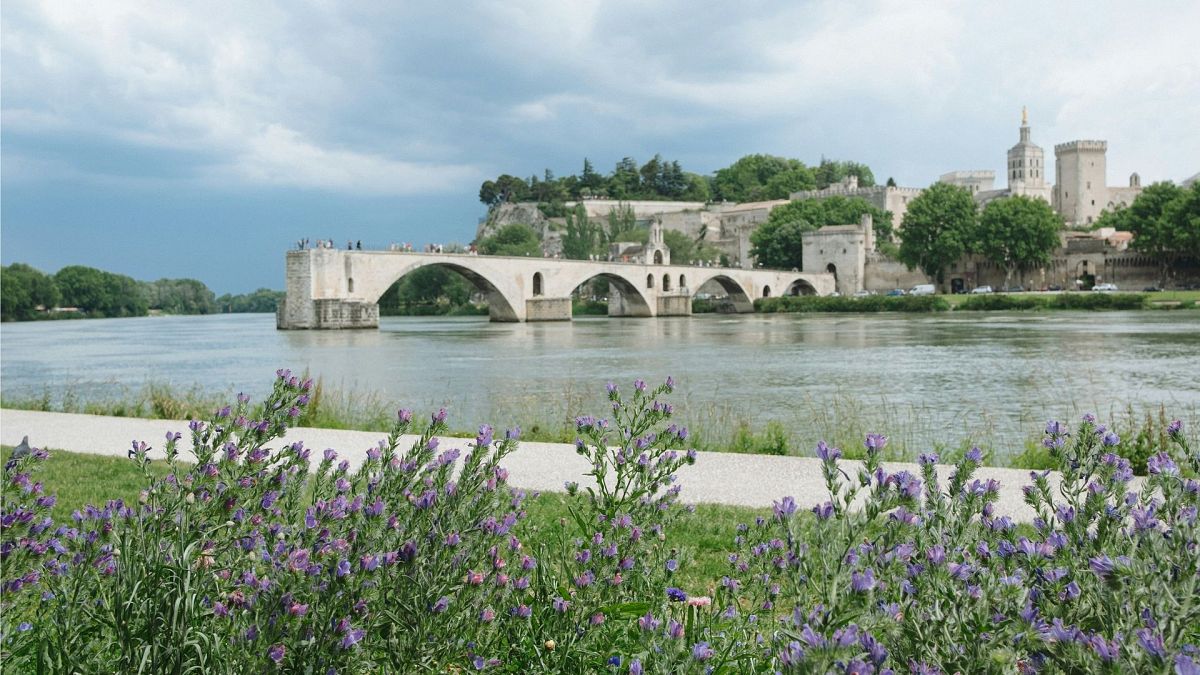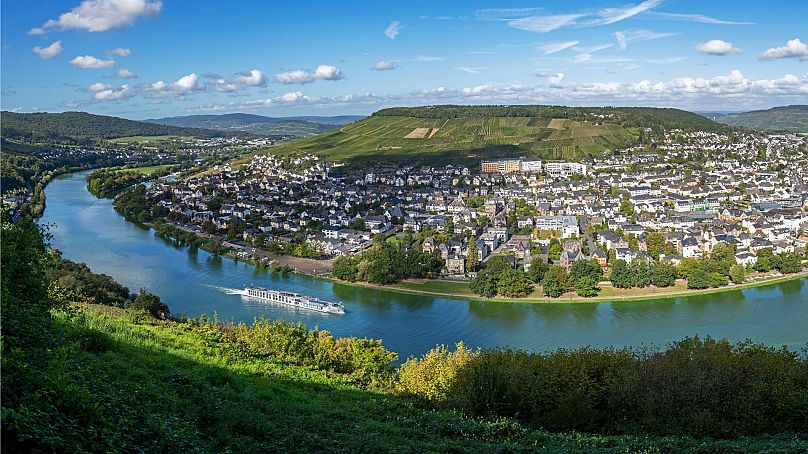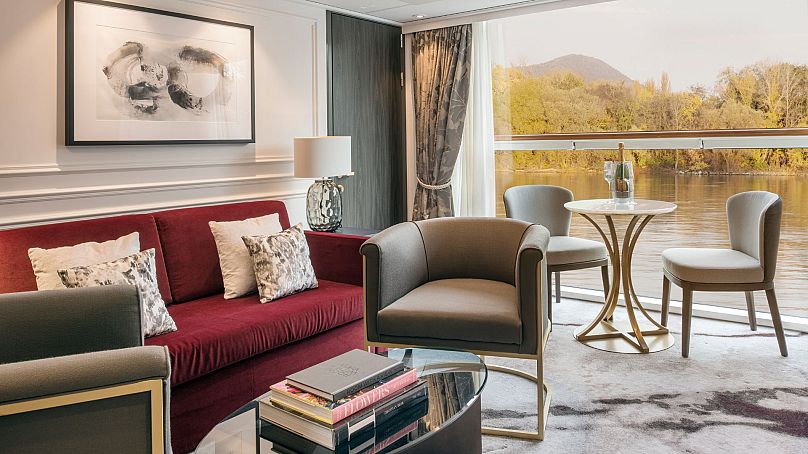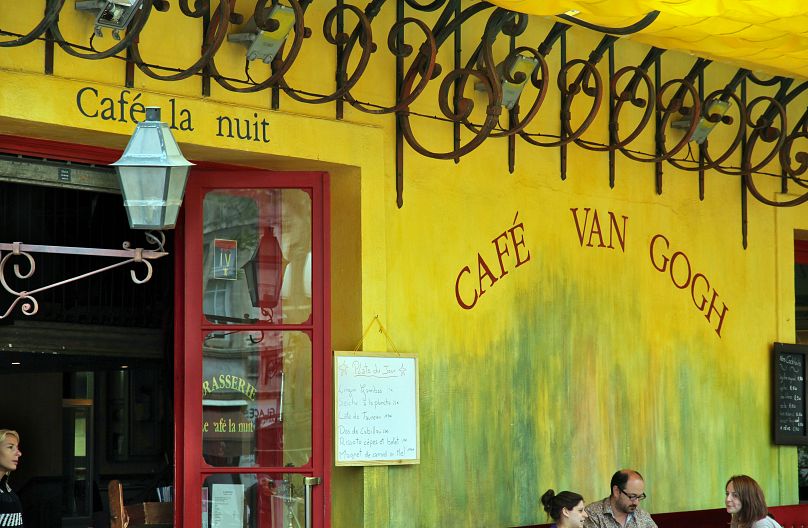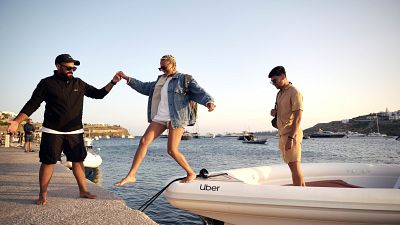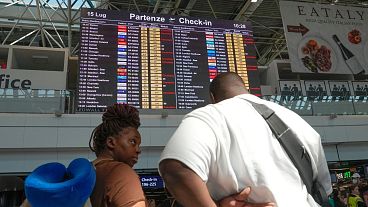As Europe reacts to ‘overtourism’, sustainably focussed cruisers swerve cities and seasides in favour of rivers.
In recent years, the allure of traditional seaside vacations has begun to wane for many travellers. Overcrowded beaches, long waits at popular attractions, and the general hustle and bustle of mass tourism have created a less-than-ideal experience. As a result, a growing number of holidaymakers are seeking alternative ways to explore new destinations in comfort and style - with river cruises quickly becoming a popular choice for those looking to combine adventure with relaxation.
The river cruise market is experiencing major growth. In 2024, the global river cruise market is projected to reach €2.36 billion, according to Future Market Insights. This growth is driven by the increasing demand for unique travel experiences and the rising number of high-net-worth individuals seeking luxurious and immersive vacations. By 2028, the market size is expected to increase by €3.77 billion, reflecting a growth of 12.65 per cent from 2023, market researcher Technavio predicts.
The ‘slow luxury’ of exploring Europe by river
Unlike ocean cruises, which often focus on the destination itself, river cruises offer a journey where the landscape is constantly changing right outside your window. This unique travel experience is akin to a scenic train journey, but with far more comfort and luxury.
“On board we have one staff member for each two clients,” Astrid van Wijk, marketing and sales director for Spain and Portugal of Riverside Luxury Cruises and Seaside Hotels tells Euronews Travel. “We have fewer rooms on board than the normal cruise ships and they are also bigger.
“All rooms are suites, with a king-size bed and 24-hour butler service,” she adds.
River cruise ships are typically smaller than their ocean-going counterparts, which allows for a more personalised and high-end service. This has made river cruises particularly attractive to travellers seeking sustainable tourism options at a slower, more enjoyable pace.
From ship to shore, via electric bicycle: How river cruises take you to less-explored destinations
“We also call it ‘slow luxury’, not being in a crowd. Also exploring smaller typical towns or villages that are less crowded than popular holiday destinations,” van Wijk says.
The appeal of river cruises lies in their ability to navigate through picturesque landscapes and stop at charming, less-visited towns and cities. This offers a more intimate and immersive experience of the region’s culture, history and cuisine.
“Navigating through a river means that the scenery floats by and we can enjoy seeing the beautiful landscapes the ship leads us through. The ship actually stops near or even in the centre of the village we visit. The groups going off the ships on excursions are very small or they can discover the environment by themselves with the electric bicycles we carry on the ship,” van Wijk explains.
Are river cruises more sustainable than ocean cruises?
One of the significant advantages of river cruising is its lower environmental impact compared to the traditional sea cruise. River ships are designed to be more fuel-efficient and produce less waste.
“Sustainability is important and wherever possible it’s always considered: for example in the speed of the ships, we slow down when possible and use the best technology to save on fuel. We use reusable materials, avoid plastic and the gastronomy is very much ‘kilometre zero’. We buy fresh products in the ports where we stop and adapt our gastronomy to the region we are sailing through,” van Wijk says.
Traditional sea cruises often involve large ships that consume significant amounts of fuel and generate considerable waste. These vessels typically carry thousands of passengers, which can lead to substantial environmental and social impacts on the destinations they visit. In contrast, river cruise ships are much smaller, usually accommodating between 100 to 300 passengers. This smaller scale means that river cruises have a lighter footprint both in terms of resource consumption and environmental disruption.
Carlota Galván, head of sustainability at HBX Group, emphasises the unique advantages of river cruising and its social sustainability aspects: “River cruises tend to attract tourists who are more oriented towards nature and biodiversity. These travellers appreciate the slower pace and the opportunity to enjoy the fauna and flora with less noise and disruption. This type of tourism fosters a deeper connection and better treatment of the local communities they visit, enhancing both environmental and social sustainability.”
Exploring the Rhône aboard the Riverside Ravel
The Rhône river winds its way through some of the most stunning and historically significant regions of France. Riverside Luxury Cruises navigates the best of what this river has to offer, making stops at several iconic locations, with one of its fleet of luxury river ships: the Riverside Ravel.
Avignon, known for its medieval architecture, is a highlight of the cruise. Guests can explore the famous Pont Saint-Bénézet and the impressive Papal Palace, one of the largest and most important medieval Gothic buildings in Europe. The city’s rich history and well-preserved landmarks make it a must-see destination.
Arles offers another glimpse into the past with its well-preserved Roman and Romanesque monuments, including the Roman Amphitheatre, which still hosts events today. Arles is also famous for its association with Vincent van Gogh, who created many of his masterpieces here.
Les Baux-de-Provence, often referred to as one of the most beautiful villages in France, transports visitors back in time with its cobblestone streets and historic stone houses. The village's medieval fortress, Château des Baux, provides spectacular views and a sense of the region’s rich history. Additionally, the Carrières de Lumières offers an immersive multimedia art show in a former quarry, creating a unique cultural experience.
The Camargue region, known for its unique wildlife and natural beauty, is another key stop. Guests can take a guided safari through this UNESCO Biosphere Reserve, famous for its pink flamingos, wild horses and expansive wetlands.
Viviers, a small town with a significant religious heritage, features prominently on the itinerary. The town’s ancient streets and the magnificent Cathedral of Saint Vincent provide a charming backdrop for exploring the past.
For food and wine enthusiasts, a visit to Tain-l'Hermitage is a highlight. This town is renowned for its wine production and is home to the prestigious Valrhona chocolate factory, where guests can learn about the chocolate-making process and enjoy tastings.


